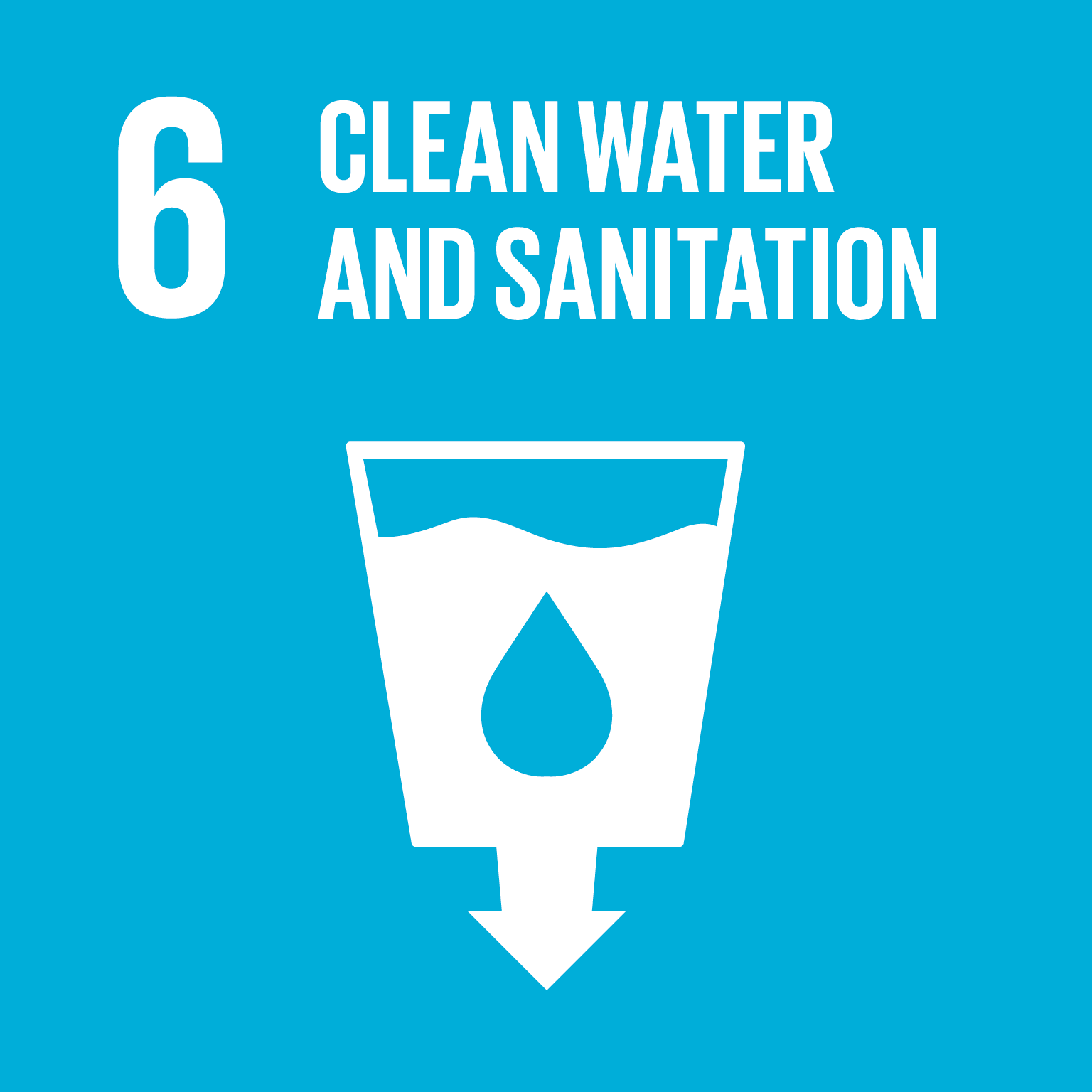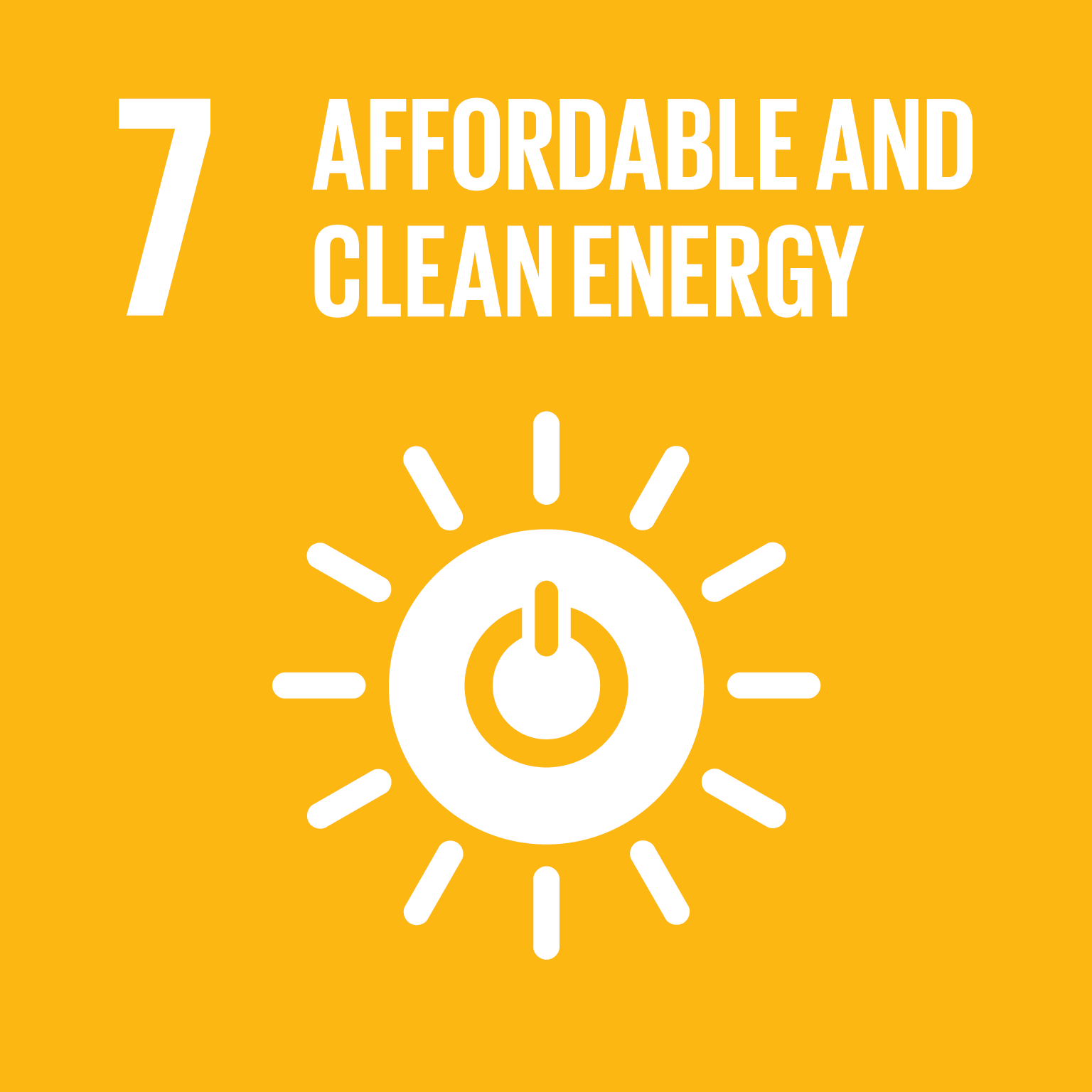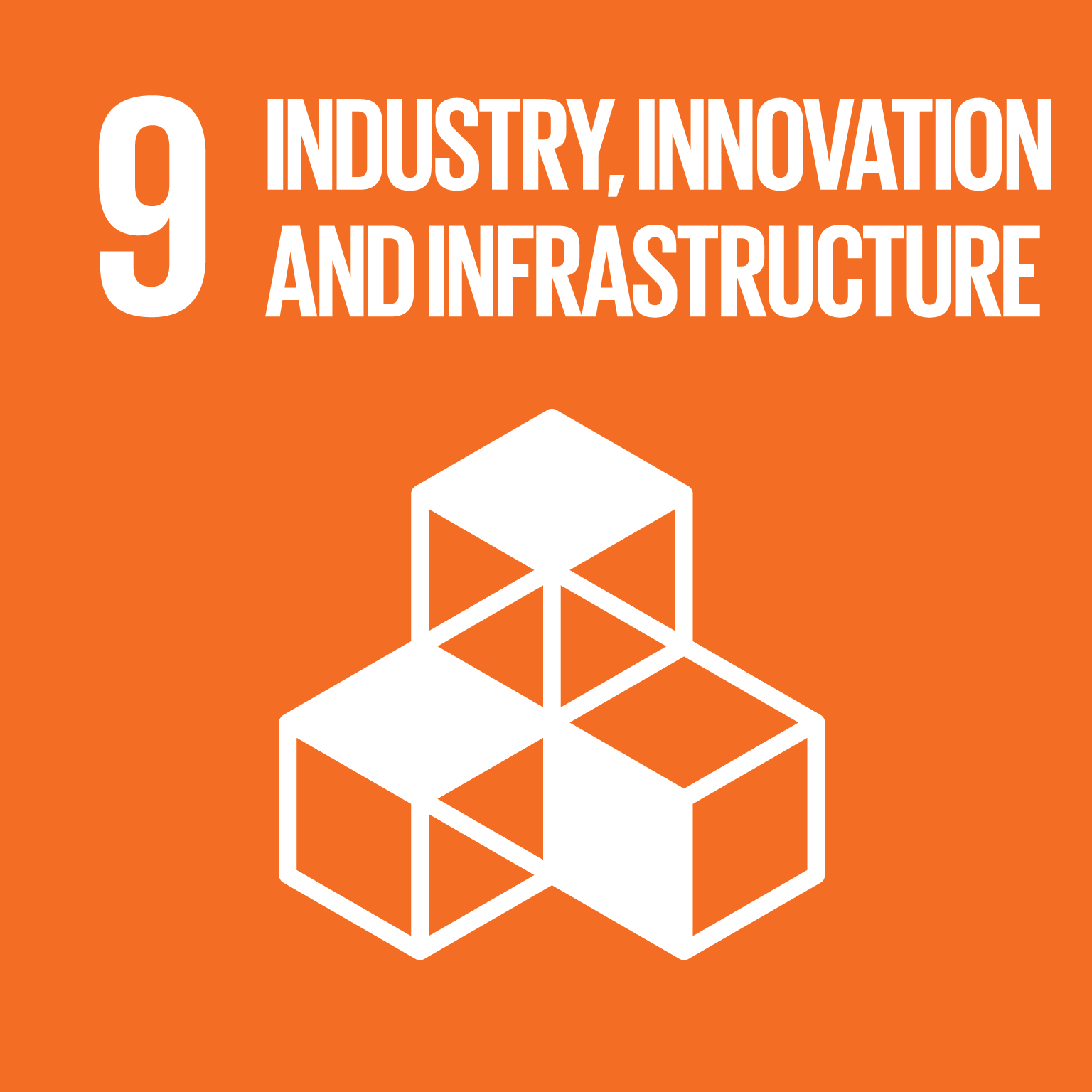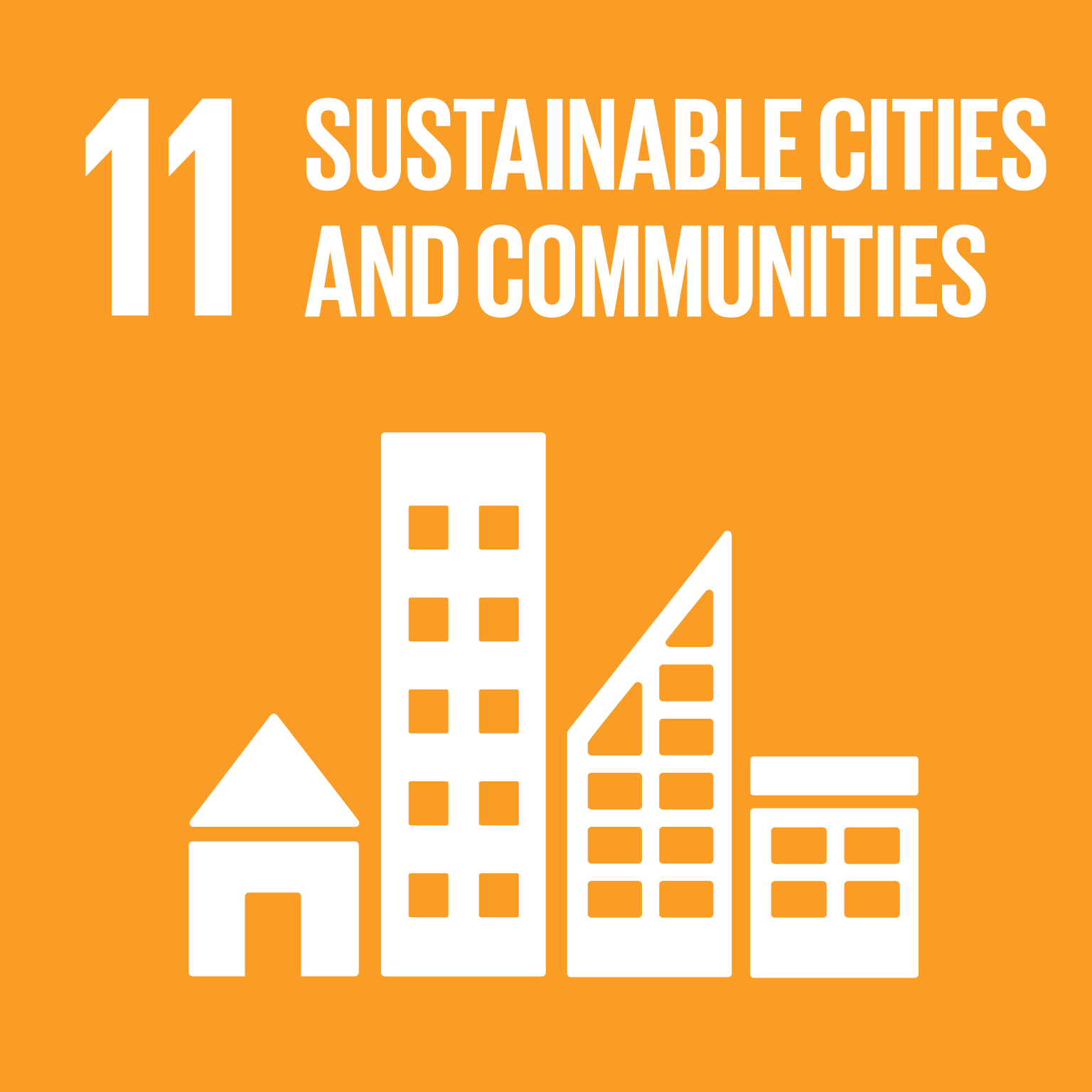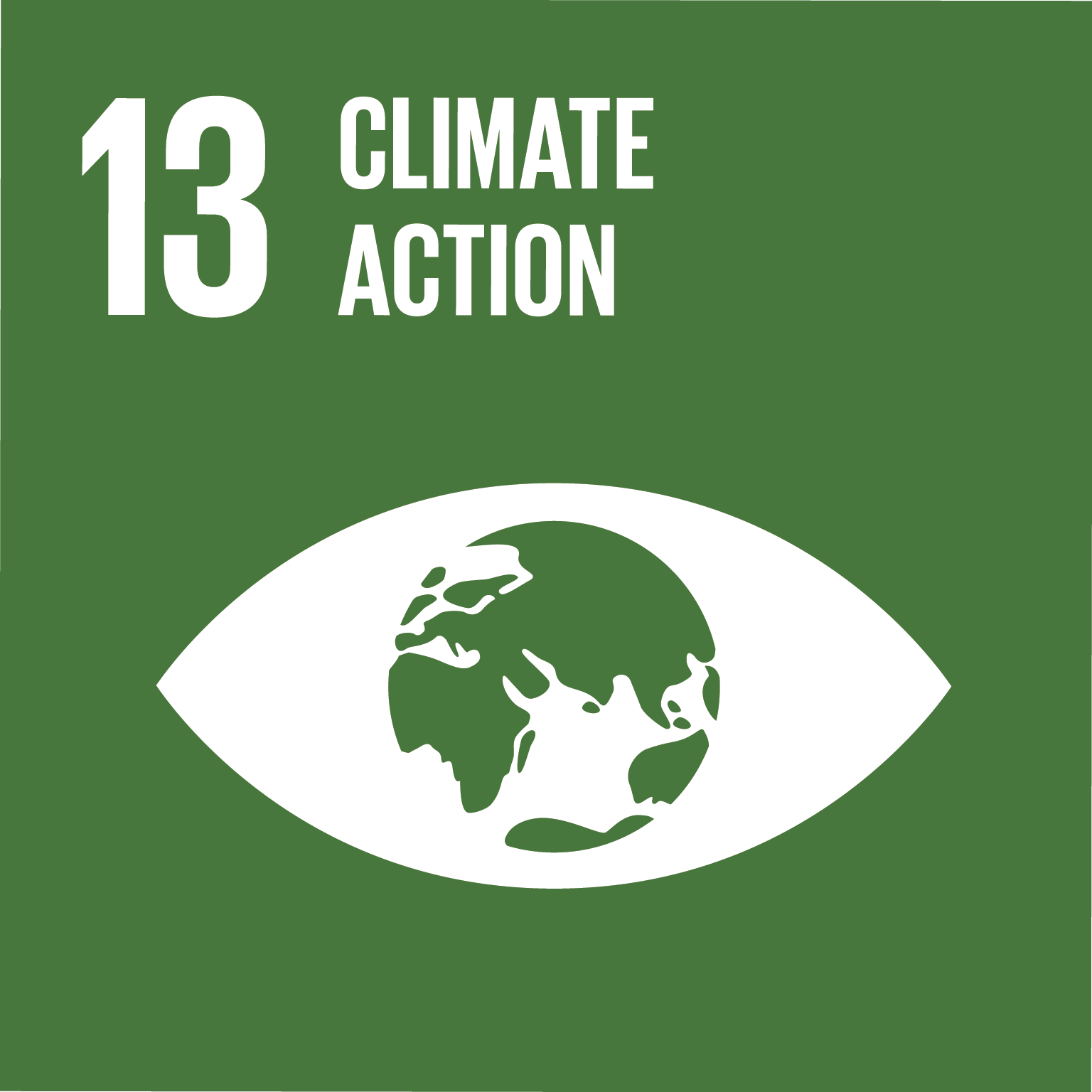The Supercity Nansha project aims to explore and highlight the important role architecture can play in the context of sustainability and liveable spaces.
The site locates at the proposed new CBD of the developing district of Nansha in Guangzhou, China. Nansha played a big role in the history of the maritime silk road and nowadays it’s still an important port area which connects to the ports all around the world. Instead of planning a city in the old ways, the growth of new city is imitated programmed based on current situation and the potential growing speed. The form grows in an asymmetrical way as the buildings have program and memory.
This future city has different functions on different levels, so that it is also a vertical city. Functions such as heavy industry which does not need much sunlight will be at the lower level and living spaces will be located on the upper levels. The future is not only about advanced technology but also sustainable development. The architecture design considered United Nation’s 17 sustainable development goals. The project has an intelligence skin on top of it to provide solar energy generator, rainwater collection and air-ventilation control. Also, water and green spaces are maximised in this project. There will be liveable spaces all around the entire project.
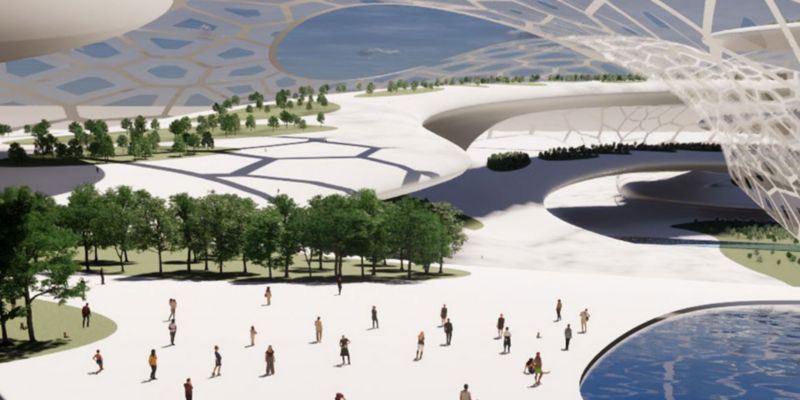
This project addresses the following Sustainable Development Goals and Targets:
6.4 By 2030, substantially increase water-use efficiency across all sectors and ensure sustainable withdrawals and supply of freshwater to address water scarcity and substantially reduce the number of people suffering from water scarcity
7.2 By 2030, increase substantially the share of renewable energy in the global energy mix
9.1 Develop quality, reliable, sustainable and resilient infrastructure, including regional and transborder infrastructure, to support economic development and human well-being, with a focus on affordable and equitable access for all
11.2 By 2030, provide access to safe, affordable, accessible and sustainable transport systems for all, improving road safety, notably by expanding public transport, with special attention to the needs of those in vulnerable situations, women, children, persons with disabilities and older persons
11.3 By 2030, enhance inclusive and sustainable urbanization and capacity for participatory, integrated and sustainable human settlement planning and management in all countries
11.6 By 2030, reduce the adverse per capita environmental impact of cities, including by paying special attention to air quality and municipal and other waste management
11.7 By 2030, provide universal access to safe, inclusive and accessible, green and public spaces, in particular for women and children, older persons and persons with disabilities
11.a Support positive economic, social and environmental links between urban, peri-urban and rural areas by strengthening national and regional development planning
13.2 Integrate climate change measures into national policies, strategies and planning

Get in touch
For more information or to discuss partnership and collaboration opportunities, email us at SDGs@rmit.edu.au.
For more information about RMIT’s sustainability commitments and activities visit www.rmit.edu.au/sustainability
